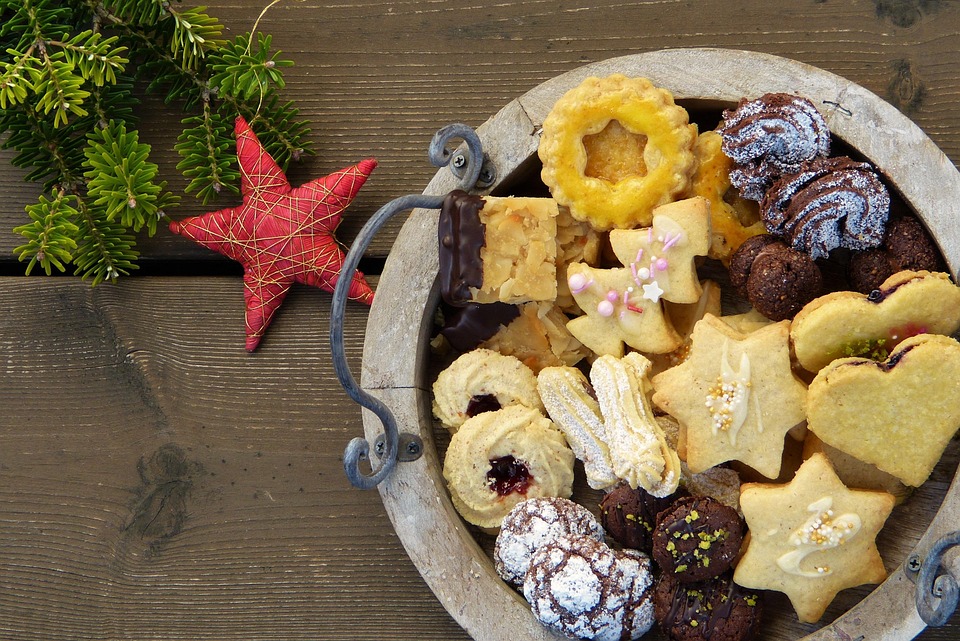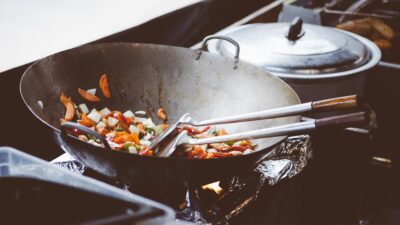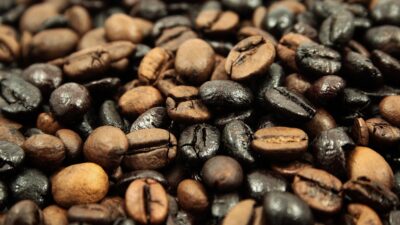In the heart of every home kitchen lies a world of sweet potential, waiting to be unlocked. Baking, particularly pastry-making, is both a science and an art, involving precise techniques and a sprinkle of creativity. Whether you’re a novice baker or a seasoned pastry chef, mastering the secrets of perfect pastries can transform your culinary endeavors into a delightful experience. Here’s your guide to achieving baking bliss.
Understanding the Basics
1. Know Your Ingredients
The foundation of any great pastry lies in its ingredients. Here are the key players:
-
Flour: All-purpose flour is versatile, but specialty flours, like pastry flour, yield tender pastries. For puff pastry, choose a high-protein bread flour for better structure and flakiness.
-
Fats: Butter is essential for flavor and flakiness, while shortening can provide a lighter texture. Some bakers opt for a blend of both for the best results.
-
Sugar: Not just for sweetness, sugar contributes to the texture and color. Granulated sugar is standard, while confectioners’ sugar is used for glazes and toppings.
-
Liquids: Milk, cream, or even water can change the texture of your dough. The fat content in dairy adds richness and tenderness.
- Eggs: They provide structure, moisture, and richness. In some recipes, egg yolks are used for richness, while egg whites can add lightness.
2. Temperature Matters
Temperature control is critical in pastry-making. Cold ingredients are essential for flaky textures, especially in doughs like pie crust and puff pastry. Keep your butter, flour, and even your mixing tools chilled to achieve the best results.
Mastering Techniques
1. Mixing Methods
Different pastries require specific mixing methods:
-
Cutting-In: For flaky pastry, cut cold butter into flour until the mixture resembles coarse crumbs. This method helps create air pockets for flakiness.
- Creaming: For cakes and sweeter pastries, cream butter and sugar together until light and fluffy, incorporating air for a tender crumb.
2. Kneading and Rolling
Kneading helps develop gluten, but overworking can lead to tough pastries. For doughs like puff pastry, gently roll and fold to create layers, ensuring you don’t overwork the gluten.
3. Chilling the Dough
Allowing your dough to rest in the refrigerator is crucial. Chilling helps to firm up the fats, allowing for better flakiness when baked. It also reduces shrinkage in tarts and pies.
Crafting Perfect Pastries
1. Tarts and Pies
For tarts and pies, a good crust is key. Roll out the dough to an even thickness, and use a fork to dock the bottom to prevent bubbling. Blind baking (pre-baking without filling) ensures a crisp bottom.
2. Puff Pastry and Danish Dough
For classic puff pastry, the key is to create layers. Roll, fold, and chill multiple times to develop numerous flaky layers. Danish dough adds a touch of sweetness, making it ideal for breakfast pastries.
3. Choux Pastry
This light, airy pastry forms the base for éclairs and cream puffs. Hydration is vital here; too little water leads to dense pastries, while too much results in collapse. Cook the dough on the stovetop briefly before baking to create steam that helps it rise.
4. Shortcrust Pastry
Perfect for pies and tarts, shortcrust pastry boasts a rich flavor and crumbly texture. Use a gentle hand when mixing and rolling to maintain its delicate structure.
The Finishing Touches
1. Glazes and Toppings
A shiny finish can elevate your pastries. A simple egg wash (a beaten egg mixed with water or milk) brushed on before baking adds a beautiful golden hue. Dust with powdered sugar or drizzle with chocolate for an elegant touch.
2. Presentation
Aesthetics matter! Use fresh fruits, edible flowers, or a dusting of cocoa powder to enhance visual appeal. The right plate or platter can also make a significant difference in presentation.
Conclusion
Baking pastries is a joyful journey that melds science and art. With the right knowledge, techniques, and a dash of creativity, anyone can create delectable treats that wow family and friends. Remember, practice makes perfect, and even the most seasoned bakers continue to learn. So preheat your oven, gather your ingredients, and embark on your journey to baking bliss. Happy baking!



